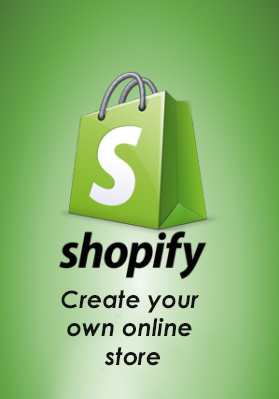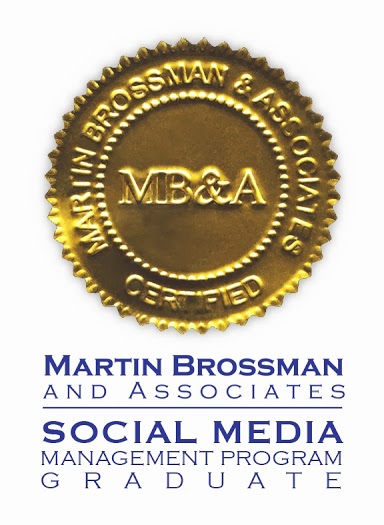I’m not, at this moment, a Tweeter.
I listen to and read about discussions of how it’s possible to use twitter to grow your online reputation; that it’s vital for companies to have the instant reputation management that Twitter facilitates, and that “Twitter is where the conversation is happening.”
OK. I am not sure what all of this means, or that I need to participate.
However, one sentence in one conference call floated out of the ether onto my notepad:
What most people don’t realize is that Twitter for off-line, non-personality-based businesses is an entirely different animal.
Naomi Dunford, in an Ittybiz Speakeasy call, late in December 2009.
I post this simply to have the statement in an accessible place to which I can send clients who are also baffled by Twitter.



Follow Us!